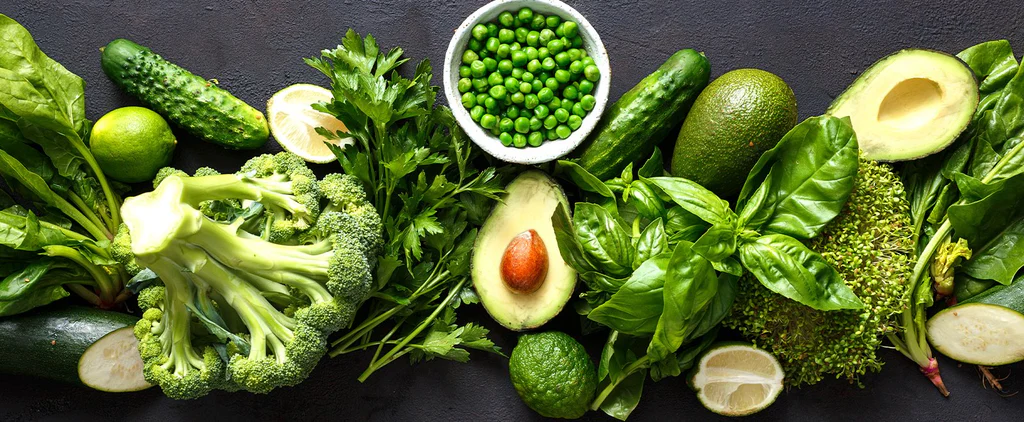Joint pain, a frequent and often debilitating ailment, can significantly impact our daily lives, making even simple movements a source of discomfort. While medical interventions are crucial for managing chronic joint conditions, the food we choose to consume can serve as a powerful and natural ally in reducing inflammation and alleviating pain. The realm of nutrition offers a diverse and flavorful array of ingredients brimming with compounds that possess anti-inflammatory properties and contribute to the overall health and well-being of our joints. Let’s embark on a culinary journey to explore how strategically incorporating specific foods into our dietary pattern can pave the way for greater comfort and mobility.
It’s essential to approach dietary changes as a complementary strategy that works in concert with medical advice and other healthy lifestyle practices. Consistently including nutrient-dense, anti-inflammatory foods in a well-balanced dietary pattern can contribute to long-term joint health and may play a significant role in managing the severity of joint pain, promoting greater comfort and an enhanced quality of life.
Embracing the Anti-Inflammatory Power of Omega-3 Fatty Acids:
Omega-3 fatty acids, particularly EPA (eicosapentaenoic acid) and DHA (docosahexaenoic acid), found abundantly in fatty fish, are celebrated for their potent anti-inflammatory effects. These essential fats can help reduce the production of inflammatory molecules in the body, thereby alleviating joint swelling and pain.
- Culinary Allies: Salmon, mackerel, sardines, and trout are excellent sources. Aim for at least two to three servings per week through grilling, baking, or steaming.
- Plant-Based Options: Flaxseeds, chia seeds, and walnuts contain ALA (alpha-linolenic acid), a precursor to EPA and DHA. Grind flaxseeds for better absorption and incorporate them into smoothies, yogurt, or oatmeal. Enjoy walnuts as a snack or add them to salads.
Harnessing the Antioxidant Richness of Fruits and Vegetables:
Fruits and vegetables, especially those boasting vibrant colors, are packed with antioxidants and phytochemicals that combat inflammation and protect cells from damage.
- Berry Brigade: Blueberries, strawberries, raspberries, blackberries, and cherries (especially tart cherries) are rich in anthocyanins, powerful antioxidants with significant anti-inflammatory properties. Enjoy them fresh, frozen, or incorporated into smoothies and desserts.
- Leafy Green Guardians: Spinach, kale, and collard greens are nutritional powerhouses loaded with vitamins, minerals, and antioxidants that can help reduce inflammation. Incorporate them into salads, soups, and stir-fries.
- Cruciferous Crusaders: Broccoli, cauliflower, and Brussels sprouts contain compounds like sulforaphane, which has demonstrated anti-inflammatory effects and may help protect cartilage.
Choosing Healthy Fats Wisely for Joint Support:
The type of fats we consume can significantly impact inflammation levels in the body.
- Liquid Gold: Extra virgin olive oil is rich in monounsaturated fats and contains oleocanthal, a natural compound with anti-inflammatory effects similar to some pain relievers. Use it in salad dressings and for light cooking.
- Avocado Advantage: Avocados are packed with healthy monounsaturated fats and antioxidants, contributing to an anti-inflammatory dietary pattern.
- Nutty Nourishment: Almonds, walnuts, and other nuts provide healthy fats, vitamin E, and magnesium, all beneficial for joint health.
Unlocking the Anti-Inflammatory Potential of Spices:
Certain spices have been used for centuries for their medicinal properties, including their ability to reduce inflammation and alleviate pain.
- Turmeric’s Tenacity: Contains curcumin, a potent anti-inflammatory compound. Enhance its absorption by pairing it with black pepper and healthy fats. Incorporate it into curries, soups, and golden milk.
- Ginger’s Gentle Relief: Contains gingerols, which have demonstrated anti-inflammatory and pain-relieving effects. Use fresh ginger in teas, stir-fries, and even baked goods.
Other Culinary Allies for Joint Health:
- Green Tea: Rich in polyphenols, potent antioxidants that may help reduce inflammation and protect cartilage. Enjoy a daily cup.
- Garlic and Onions: Contain sulfur compounds that have shown anti-inflammatory effects. Use them generously in your cooking.
- Whole Grains: Opt for whole oats, brown rice, and quinoa, which are high in fiber and can help lower inflammatory markers.
- Legumes: Lentils, beans, and chickpeas are excellent sources of fiber, protein, and antioxidants, all beneficial for managing inflammation.
Navigating the Culinary Landscape: Foods to Limit or Avoid:
Just as certain foods can help reduce inflammation, others can promote it, potentially exacerbating joint pain. Being mindful of these dietary culprits is crucial.
- Sugary Drinks and Processed Foods: High in refined sugars, unhealthy fats, and artificial additives, which can trigger inflammatory responses.
- Red and Processed Meats: May contain compounds that contribute to inflammation in some individuals.
- Refined Carbohydrates: White bread, pasta, and pastries can lead to blood sugar spikes and increased inflammation.
- Excessive Omega-6 Fatty Acids: Found in some vegetable oils (corn, soybean, sunflower), these can promote inflammation when not balanced with omega-3s.
- Fried Foods: Often high in unhealthy fats and advanced glycation end products (AGEs), which can contribute to inflammation.
- High-Fat Dairy: May exacerbate inflammation in some individuals due to saturated fats and certain proteins.
Adopting a Holistic Approach to Eating for Joint Health:
The most effective strategy for reducing joint pain through diet involves adopting a holistic and sustainable eating pattern rich in whole, unprocessed foods with known anti-inflammatory properties. This approach, combined with regular exercise, maintaining a healthy weight, and following medical advice, can significantly contribute to managing arthritis and promoting long-term joint health and well-being. Remember to listen to your body and pay attention to how different foods affect your symptoms. Consulting with a healthcare professional or a registered dietitian can provide personalized guidance tailored to your specific needs and health conditions, empowering you to take control of your joint health through the nourishing power of food.
